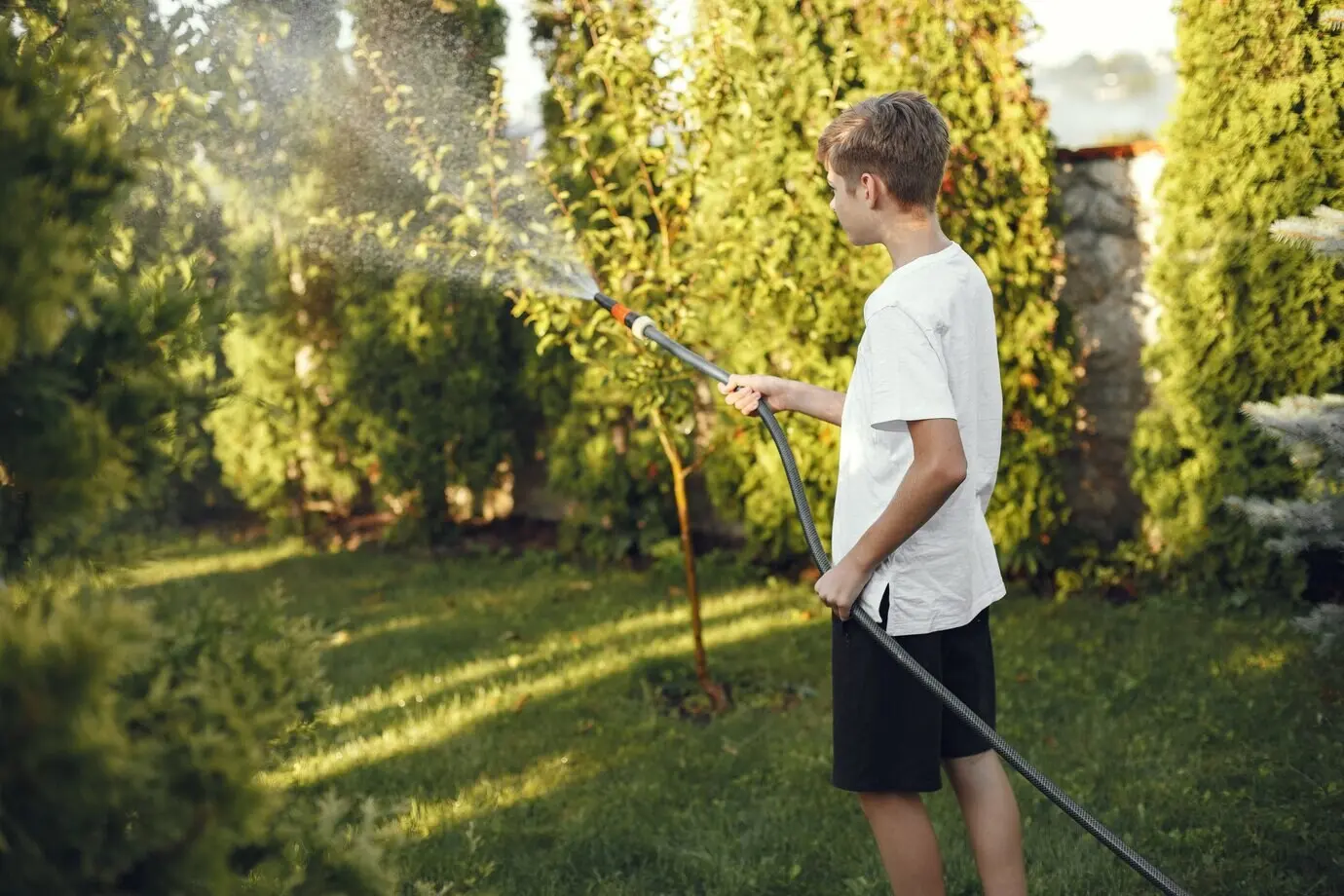Play, Dine, and Thrive Outdoors Together

A Flow That Puts Safety and Joy First
Ground Materials That Welcome Bare Feet

Keep It Cool Underfoot
Cushion Where It Counts
Seamless Thresholds and Inclusive Access
Dining Spaces That Make Weeknight Meals Outside Easy
Play Features That Spark Imagination, Not Clutter

Comfort in Every Season
Shade That Follows the Sun
Start by mapping sun paths across seasons, then place shade where feet and food need it most. Mix solutions: a sail over the sandbox, vine-draped pergola above seating, and a movable umbrella at the table. Light-colored canopies reduce heat while protecting eyes. Keep clearance high enough for safe play and clear sightlines. When shade matches real routines, you will linger longer, hydrate better, and find that outdoor time becomes your family’s most dependable daily reset.
Materials That Beat Rain and Spills
Choose quick-dry cushions with solution-dyed fabrics, and store extras in a deck box with airflow. Opt for powder-coated frames and marine-grade hardware. Use slatted surfaces that shed water and resist mold. Keep a squeegee and microfiber towels handy for fast turnarounds after drizzle. When maintenance takes minutes instead of a weekend, spontaneous breakfasts and homework sessions bloom outdoors, even after unpredictable showers. The less you worry about stains and dampness, the more naturally everyone treats the patio as everyday living space.
Extend Evenings Safely and Comfortably
Layer gentle warmth with radiant heaters set outside play lanes, plus a contained fire bowl where adults can gather while kids wind down nearby. Use spark screens, stable bases, and clear rules children can repeat. Offer cozy blankets in a weatherproof chest for swift comfort. Pair warmth with subtle lighting and warm beverages. When evenings feel effortless, stories stretch longer, stars appear brighter, and bedtime transitions feel calmer because the night ended together, not rushed indoors by chills.

Safe, Sensory Borders

Pollinators at the Table
Real Stories and a Simple Starter Plan
